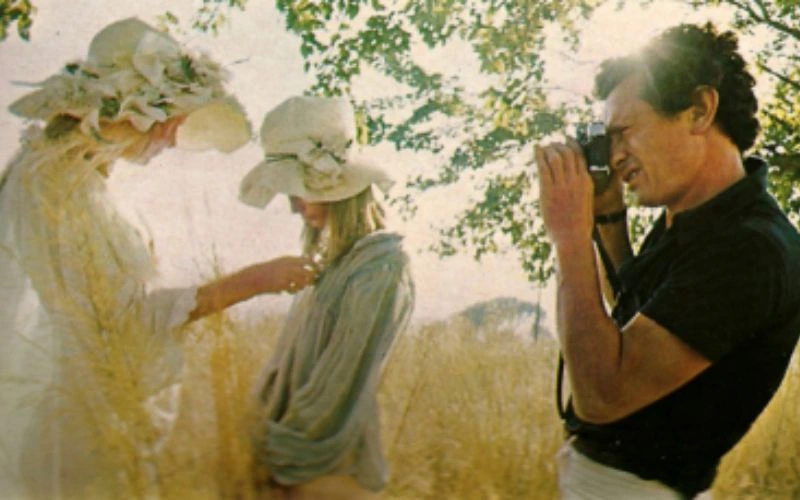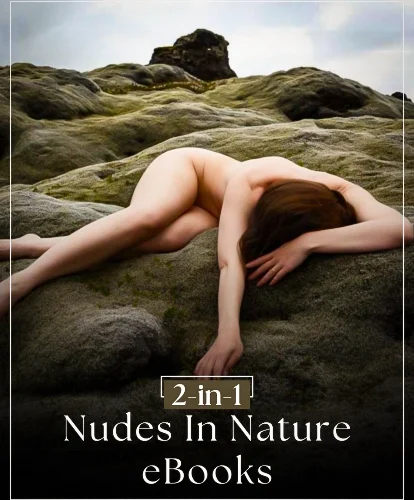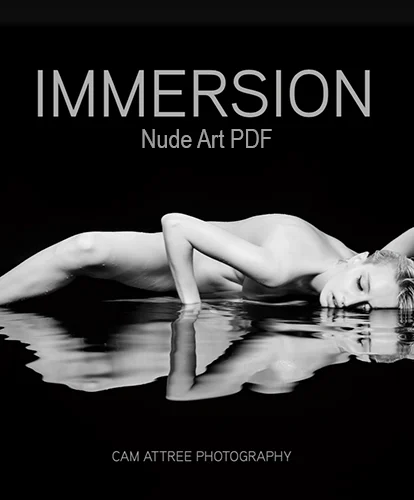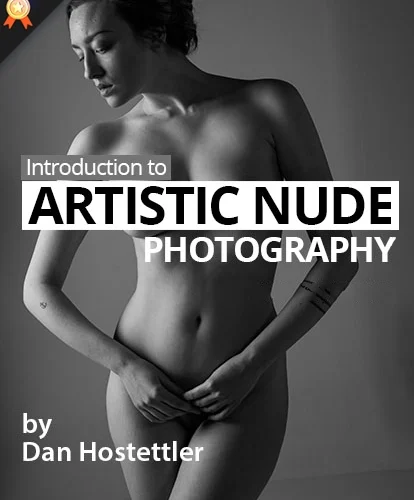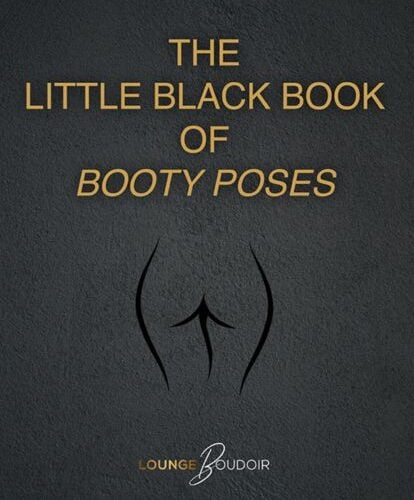David Hamilton is a name that resonates with ethereal beauty and timeless charm. As one of the most celebrated photographers of his time, David Hamilton’s nude photography mesmerized audiences worldwide with its dreamlike quality and evocative style.
Known for his distinctive soft focus and delicate compositions, Hamilton crafted a unique visual language that blurred the boundaries between reality and fantasy. His enchanting photographs, often featuring young, innocent subjects in romantic settings, captured a subtle yet strong femininity.
Join us on a journey through the world of David Hamilton’s photography, which was way ahead of its time and inspired many modern-day art nude photographers.
Table of contents
David Hamilton: Early Career & Artistic Growth In Photography
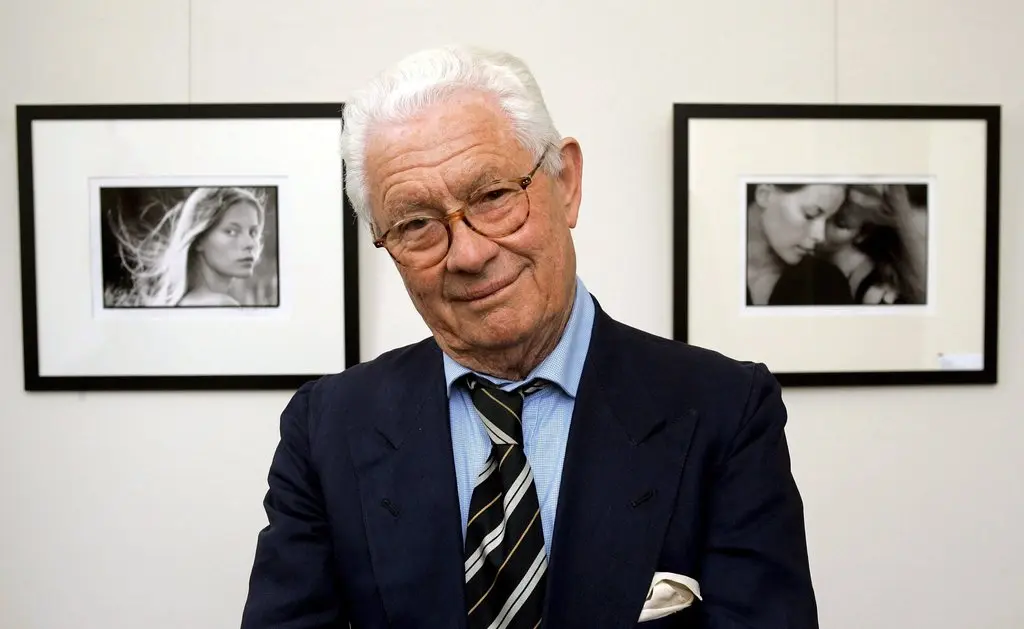
Hamilton’s artistic skills grew during a job at an architect’s office. At the age of 20, he left Paris to work as a graphic designer for Peter Knapp of Elle magazine, which further nurtured his artistic vision.
After becoming known and successful in photography, he worked as an art director at Queen magazine in London.
The British photographer soon realized his love for the Parisian life and returned to work as an art director at Printemps. He soon started doing commercial photography, and his images’ dreamy, grainy style quickly brought him success.
His photographs were in demand by other magazines such as Réalités, Twen, and Photo and by the end of the 1960s, he had developed his signature hazy style of photographs. He later published many photographic books, which did amazingly well with combined sales well into the millions, five feature films, innumerable magazine displays, and museum and gallery exhibitions.
Also read: Visionary Art of Photographer Spencer Tunick
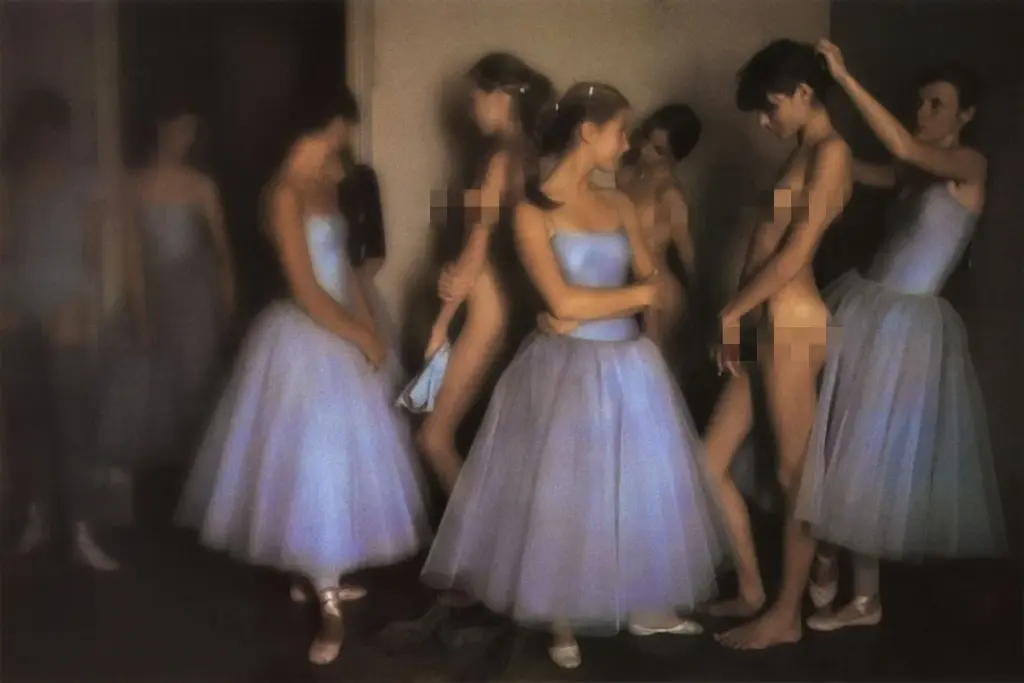
David Hamilton’s nude photography received a mixed response. He described his dreamy, soft-focus style as “a contradiction of nudity and purity, sensuality and innocence, grace and spontaneity. I try to harmonize them, and that’s my secret and the reason for my success.”
Apart from nude portraits of young women, Hamilton composed photographs of flowers, men, landscapes, farm animals, pigeons, and still lifes of fresh fruit. Most of his work gives an impression of timelessness because it does not feature modern-day antiquities like cars, electronics, etc.
Hamilton divided his time between Saint-Tropez and Paris in the latter stage of his life. He tragically passed away in November 2016 while surrounded by controversy due to some allegations.
Also read: Controversial Nude Photography Moments | Photos & Photographers
David Hamilton’s Unique Photography Style
David Hamilton also had a particularly unique way of photographing things. His pictures appeared soft, dreamy, and even close to being like paintings. He made this look soft-focus into his trademark so that anyone could tell by looking at it that it was his. Instead of crisp, clear pictures, he rendered his images hazy, as if bathed in thin mist. They took on the romantic and wistful aura of something recalled from the past.
One of the most significant reasons his photographs appeared so distinctive was how he handled light. He tended to shoot in natural light, typically at the golden hour, just before sunset or after sunrise. The warm, soft light of the sun assisted in creating a soft effect, causing his photographs to appear calm and peaceful. Rather than employing bright flashlights, he used soft shadows and softened lighting, which caused everything to appear smooth and quiet.
Hamilton also enjoyed working with pastel colors. His photos featured soft pinks, blues, and beiges, which created a warm, elegant appearance. These colors gave his photos a dreamy appearance, like something from an old memory. His backgrounds were blurred in many photos, keeping the subject sharp while contributing to the soft and artistic appearance.
Another fundamental aspect of his photography was movement. His photos caught individuals in relaxed, natural positions instead of formal, posed poses. This rendered his subjects natural and alive. He felt that photography had to be like that and not forced.
His work influenced countless photographers, particularly those who shot fashion and fine art. Even now, countless people attempt to reproduce his soft-focus effect using digital cameras and software. His photographs demonstrated that photography is not only about capturing the real thing, it can be about evoking an emotion, an atmosphere, and a feeling of timelessness.
Publications – Photography & Films
David Hamilton has published many books, and his photography has been showcased in various magazine articles and art exhibitions, including his notable exhibition at Images Gallery in 1977 in New York City.
A glimpse into his work in photography and his signature soft focus style:
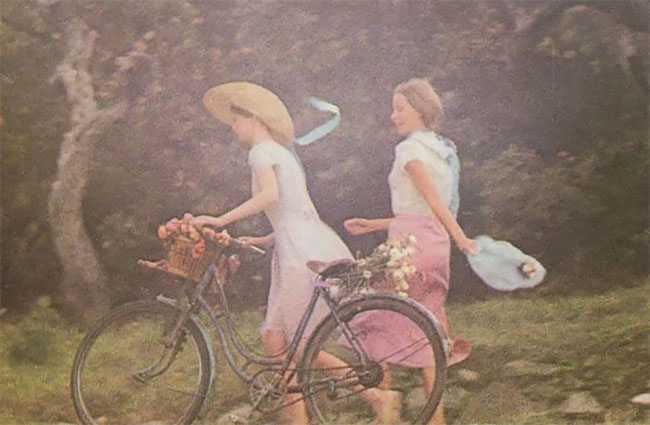
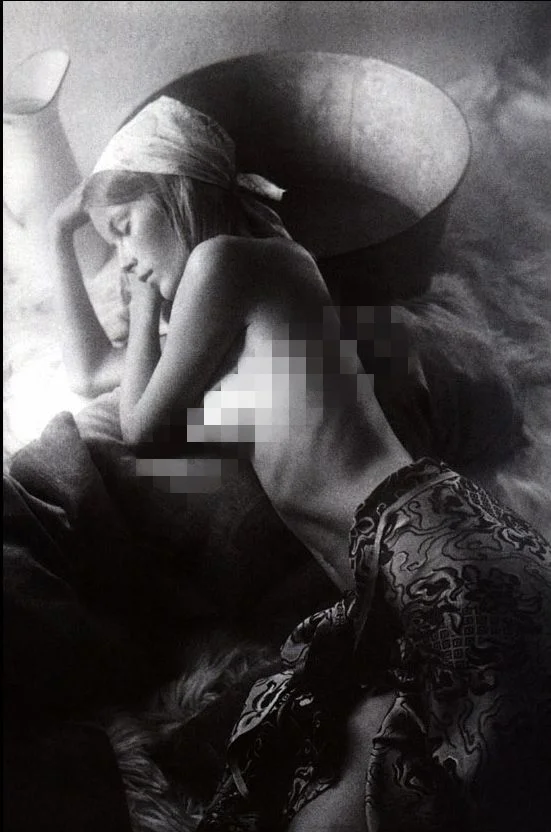
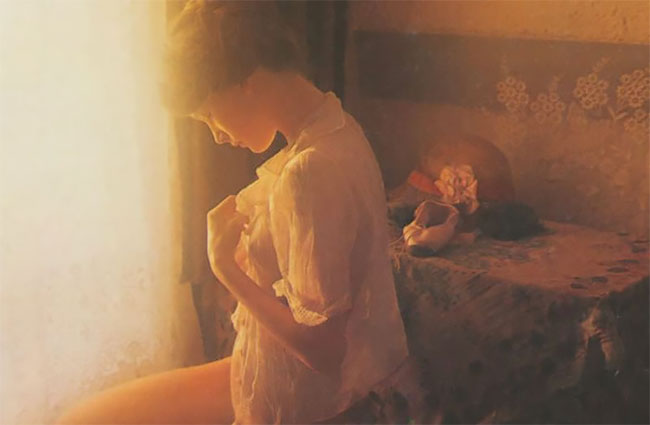
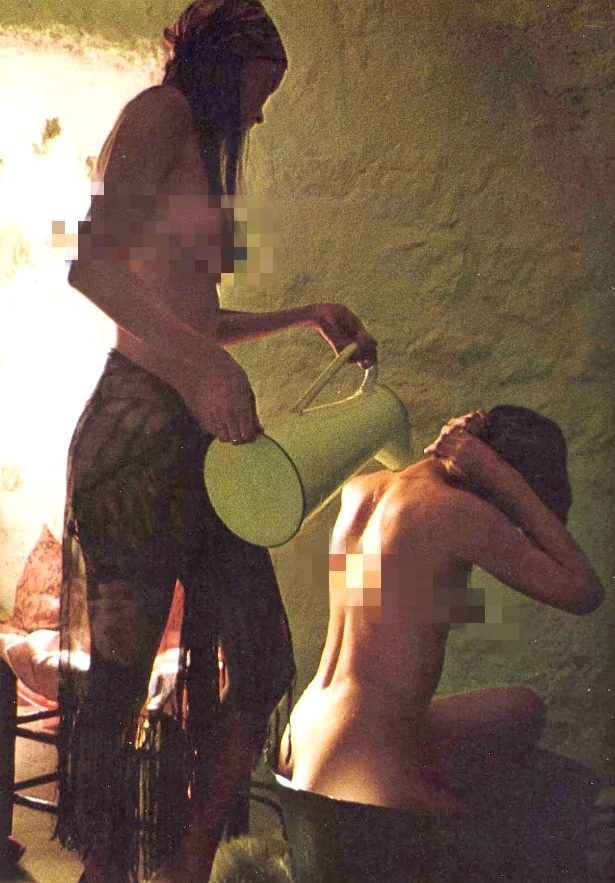

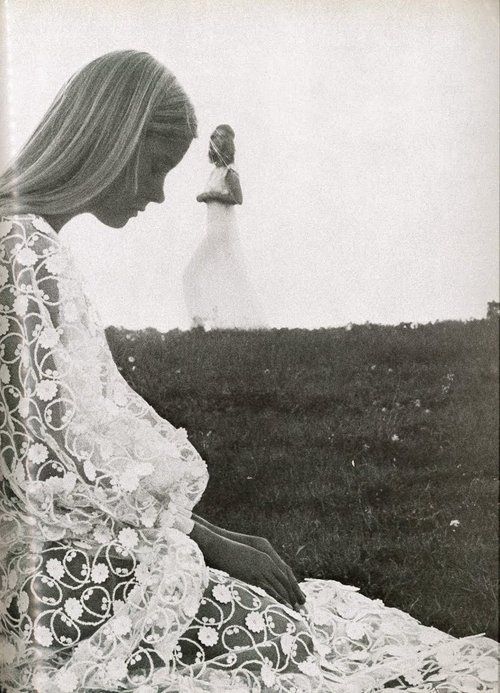
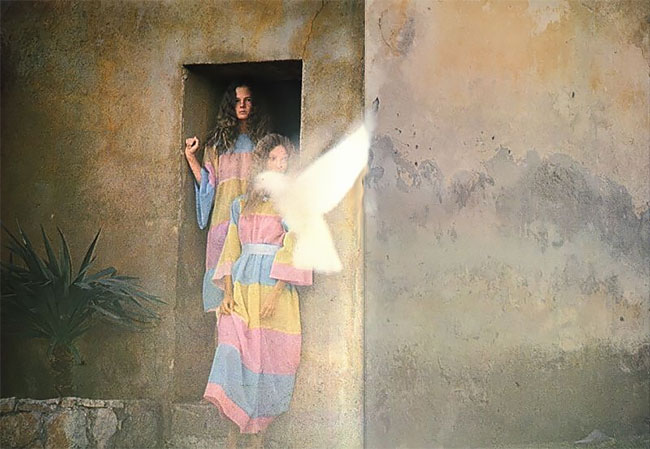
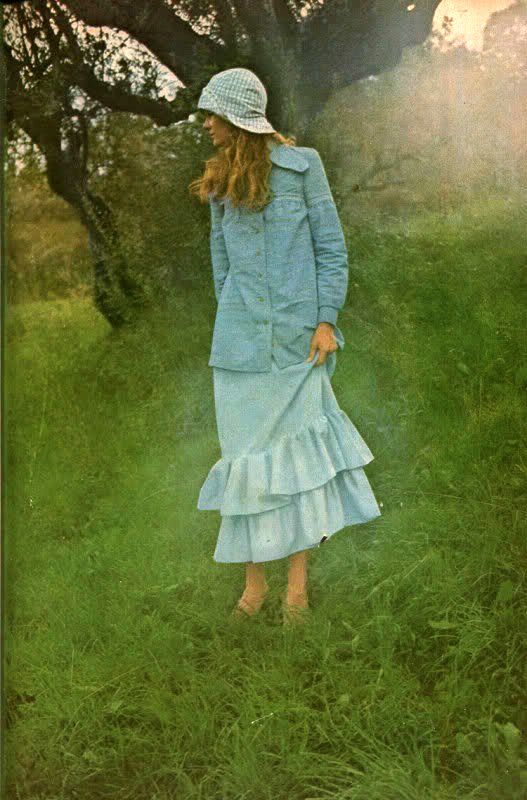
Source: formidablemag.com
David Hamilton Photography Books
David Hamilton published several photo books that became very popular. Two of his most famous books are:
- Dreams of a Young Girl (1971) – This was one of his early books, filled with soft-focus images of young women. The book had a poetic and dreamy feel, which became his signature style.
- The Age of Innocence (1995) – This book continued his theme of nostalgia and delicate beauty. It focused on youth and innocence, captured through his signature soft lighting and pastel colors.
Other well-known books by Hamilton include Souvenirs, Twenty-Five Years of an Artist, and The Best of David Hamilton. These books were widely sold and translated into different languages, making him famous across the world.
- Dreams of a Young Girl (1971)
- Sisters (1972)
- La Danse (1972)
- Galeria Old Home (1974, Private)
- The Best of David Hamilton (1976)
- Private Collection (1976)
- Bilitis (1977)
- Souvenirs (1978)
- The Young Girl (1978)
- Secret Garden (1980)
- Tender Cousins (1981)
- Silk Wind (1982)
- A Summer in St. Tropez (1983)
- Jun Miho (1983)
- Homage to Painting or Images (1984)
- Maiko Minami (1987)
- Venice (1989)
- Flowers (1990)
- Blooming Minayo: 28 September (1992)
- Twenty-Five Years of an Artist (1993)
- The Fantasies of Girls (1994)
- The Age of Innocence (1995)
- Harem: Asami and Friends (1995)
- A Place In The Sun (1996)
- Holiday Snapshots (1999)
- David Hamilton (2006)
- Erotic Tales (2007)
Impact of His Published Photo Books
In the 1970s and 80s, David Hamilton’s books influenced photography greatly. They presented a new method of taking portraits with soft light and a dreamy quality. Photographers attempted to emulate his style, and his books inspired artists worldwide.
His books also popularized fine art photography. Photography was reserved mainly for news and advertising then, but Hamilton demonstrated that it could be artistic and emotional. His photographs had a timeless, classic quality that distinguished them from others.
Although his later work became contentious, his photographic style inspires portrait and fashion photographers today. His books are still part of the history of photography, demonstrating that a simple composition and lighting can create intense and emotional photographs.
Also read: Getting to Know Sally Mann: An Introduction To Her Timeless Works
David Hamilton Films




Souce: Wikipedia
Hamilton directed various feature films, most French and had a common young love angle and eroticism.
Hamilton’s work was acclaimed by magazines like Playboy, which reviewed the film Tender Cousins in its July 1981 issue. The magazine said it “captures the elusive eroticism of flowering womanhood” and called it “Hamilton’s most beautifully photographed film, and probably the truest reflection of his inner landscape.”
Also read: Artistic Poses For Nudes Amidst Natural Settings
Here are all the films directed by him:
- Bilitis (1977)
- Laura: Shadows of a Summer (1979)
- Tender Cousins (1980)
- A Summer in St. Tropez (1983)
- First Desires (1984)
David’s Controversy & Ethical Discussions
David Hamilton’s nude photographs have been controversial for decades. Some viewed his photographs as romantic and artistic, but others were seriously concerned about the models he had taken photographs of. His photographs had soft-focus scenes with young models, some deemed to be crossing moral limits. Due to this reason, his photographs created controversies regarding the thin line between art and exploitation.
Most art enthusiasts believe Hamilton’s photography was about beauty, innocence, and nostalgia. They think he was capturing people’s feelings in a manner unique to him. His soft lighting and colors gave his photographs ageless and peaceful feelings. Defenders claim that various artists have touched similar subjects in paintings, sculptures, and photographs during history. They think Hamilton was just following the tradition of art.
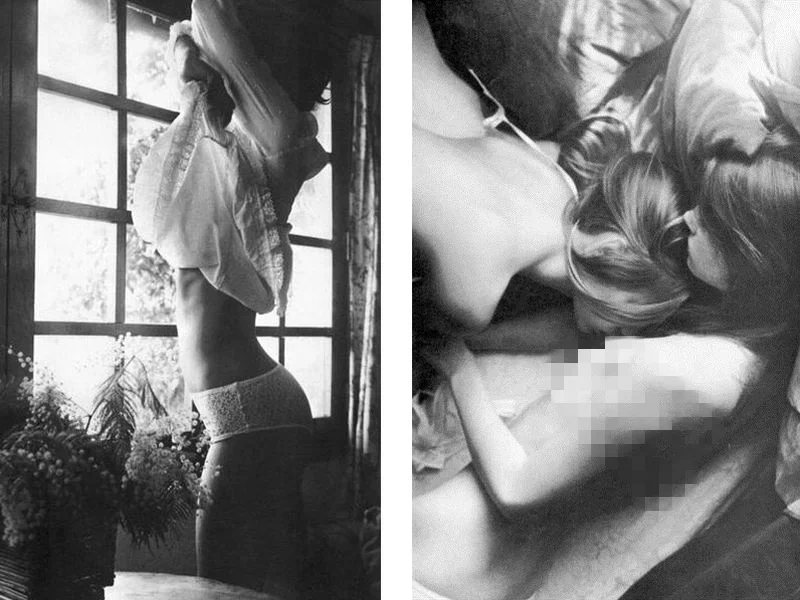
However, some criticize his work as inappropriate, as it frequently depicted young subjects in ways they thought were unsuitable. Some think photography should have ethical standards to guide it clearly, mainly when photographing young models. They believe what is acceptable in terms of art and what isn’t should be set.
Due to these issues, his work generated debates over photography legislation and whether tougher regulations were required to safeguard models. The controversy surrounding Hamilton’s photography also raised larger questions regarding artistic freedom. Should artists have the freedom to do whatever they wish, or should there be boundaries? Some feel that art should never be restricted, while others feel that some subjects should be treated with greater sensitivity.
Along with time, photographic laws and photography standards have shifted to safeguard the models and foster ethical processes. Nowadays, photographs are under stiff regulations, more so when the photographer works with minors. Despite Hamilton’s career being an excerpt of photographic history, debates continue to remind artists to prioritize creativity over obligation.
David Hamilton’s photography is famous for being dreamy and soft-focus. The photographs have a warm, nostalgic, and almost-painting look to them. If you wish to produce the same effect in your photographs, there are a number of ways to achieve it through camera settings, lighting, and image editing software such as Photoshop and Lightroom.
You might also like: Flattering Poses For Plus Size Nude Photography
How to Achieve the ‘David Hamilton Look’ Today?
1. Camera Settings & Lens Choices:
To get that hazy, soft look straight from the camera, use a wide aperture (like f/1.8 or f/2.8). This creates a shallow depth of field, making the background blur while keeping the subject slightly in focus. A vintage lens or a soft-focus filter can also help. If you don’t have one, attempt to smear a little petroleum jelly on a clear filter in front of the lens. The trick blurs the details and creates a misty effect, as in Hamilton’s style.
2. Natural Lighting & Setup
Hamilton tended to employ soft, natural lighting. To replicate this, photograph during the golden hour, just before or after sunrise, or just before sunset. This time of day creates a warm, golden quality that adds to the dreamy feel. Photographing close to a window with sheer drapes can also soften light wonderfully, resulting in a soft and romantic quality. Harsh light or direct flash will cause the photo to be too crisp.
3. Using Photoshop & Lightroom for the Soft-Focus Effect
Even when your camera isn’t capturing the exact dreamy look, you can produce it in Photoshop or Lightroom. This is how:
- Lower clarity and sharpness: In Lightroom, slightly drop the sliders for clarity and texture to soften the image.
- Add a misty glow: Duplicate your picture in Photoshop, give it a slight Gaussian blur, and dim the opacity. This creates a misty softness over your photograph.
- Color in pastels: Hamilton’s photos tended to be soft-colored, muted color photos. Bring down the saturation and vibrance to make your picture look worn and old-school.
4. Enhancing the Look with Overlays & Actions
You can employ photo overlays and Photoshop actions for an even quicker solution to achieve the Hamilton-style look. Soft haze overlays, pastel color tints, and vintage glow effects can assist in recreating the dreamy look. If time is of the essence, you can look up our Photoshop overlays and actions intended for soft-focus photography. These can instantly infuse the warm, glowing touch in Hamilton’s photographs with minimal effort.
You can get the classic David Hamilton look in your photographs by using these methods together: camera settings, lighting, and digital editing. Whether you do it organically or augment it with overlays, the secret is to make the image soft, warm, and ageless.
Conclusion: David Hamilton Photography
Hamilton’s work in nude photography was dreamy and aesthetically pleasing but was surrounded by many controversies throughout his career. He blurred the line between art nude photography and pornography, and the critics were divided over it.
Art is not seen the same way by every eye; it has a multidimensional element. However, David Hamilton’s nude photography paved the way for all modern-day art nude photographers and inspired them to create the most magnificent art nudes.
Hamilton’s dreamy and hazy portraits will forever inspire artists to create art they believe in, a power that few can achieve.
Like this post? Check out more amazing content on our blog.
